Ella Fitzgerald, the Voice of Jazz, Dies at 79 By STEPHEN HOLDEN JUNE 16, 1996
Ella Fitzgerald, whose sweet, silvery voice and endlessly inventive vocal improvisations made her the most celebrated jazz singer of her generation, died yesterday at home in Beverly Hills, Calif. She was 79.
She had been suffering from diabetes and its eyesight and circulatory system complications for many years. In 1993, both of her legs were amputated below the knees.
A pre-eminent American singer who brought a classic sense of musical proportion and balance to everything she touched, Miss Fitzgerald won the sobriquet "first lady of song" and earned the unqualified admiration of most of her peers. Musicians from Bing Crosby to Benny Goodman, when asked to name their favorite singer, cited Ella Fitzgerald.
"Man, woman or child, Ella is the greatest," Crosby once said. Mel Torme hailed her as having "the best ear of any singer ever." Until the 1970's, when physical problems began to impinge on her perfect technique, this hefty, un-glamorous woman seemed to loom as an immutable creative force in a musical world where everything else was crumbling.
In a career that spanned six decades, Miss Fitzgerald stood above the emotional fray of the scores of popular standards she performed. Stylistically she was the polar opposite of her equally legendary peer, Billie Holiday, who conveyed a wounded vulnerability. Even when handed a sad song, Miss Fitzgerald communicated a wistful, sweet-natured compassion for the heartache she described.
Where Holiday and Frank Sinatra lived out the dramas they sang about, Miss Fitzgerald, viewing them from afar, seemed to understand and forgive all. Her apparent equanimity and her clear pronunciation, which transcended race, ethnicity, class and age, made her a voice of profound reassurance and hope.
Miss Fitzgerald was renowned both for her delicately rendered ballads and her pyrotechnical displays of scat improvisation. (The jazz historian Barry Ulanov traced the term be-bop to her spontaneous interpolation of the word "re-bop" in her 1939 recording of "T'Ain't What You Do, It's the Way That You Do It.") She was sometimes criticized for a lack of bluesiness and emotional depth. But her perfect intonation, vocal acrobatics, clear diction and endless store of melodic improvisations -- all driven by powerful rhythmic undercurrents -- brought her nearly universal acclaim.
During her long career, Miss Fitzgerald recorded with Duke Ellington, Count Basie, and Louis Armstrong. Her series of "Songbook" albums, celebrating such songwriters as Cole Porter, Harold Arlen, the Gershwins, Rodgers and Hart and Duke Ellington, helped to elevate the work of the best American songwriters to a stature widely recognized as art song.
"I never knew how good our songs were," Ira Gershwin once said, "until I heard Ella Fitzgerald sing them."
Although most biographies give her birth date as 1918, her birth certificate and school records show her to have been born a year earlier, on April 25, 1917, in Newport News, Va. She was the product of a common-law marriage between William Fitzgerald and Temperance Williams Fitzgerald. The couple separated within a year of her birth, and with her mother and a Portuguese immigrant named Joseph Da Silva, she moved to Yonkers.
As a child, Miss Fitzgerald dreamed of being a dancer. But she also sang and was attracted to the recordings of Louis Armstrong, Bing Crosby and the Boswell Sisters, in particular the group's lead singer, Connee Boswell.
"My mother brought home one of her records, and I fell in love with it," she recalled many years later. "I tried so hard to sound just like her." As a teen-ager, Miss Fitzgerald developed a dance routine with a friend, Charles Gulliver, which they performed in local clubs. Then in 1932, her mother died suddenly, and she went to live with an aunt in Harlem.
On Nov. 21, 1934, she made her stage debut in an amateur contest at the Apollo Theater, singing two songs, "The Object of My Affection" and "Judy," in the style of Connee Boswell. She won first prize.
Miss Fitzgerald made her first recording in 1935 ("Love and Kisses," with Chick Webb), and had her first hit with "A-Tisket, A-Tasket," a song she helped write, adapting the lyric, she later explained, from "that old drop-the-handkerchief game I played from 6 to 7 years old on up." The record became a popular sensation and made her a star. After Webb died in 1939, the young singer was the band's nominal leader until mid-1942, when it broke up. Between her recording debut in 1935 and the demise of the band seven years later, Miss Fitzgerald recorded almost 150 sides, the majority of them novelties and disposable pop fluff.
These achievements were among the high points of a recording career that found Miss Fitzgerald recording in all manner of pop settings. Between 1935 and 1955 she recorded for Decca Records. Under the commercially astute supervision of the producer Milt Gabler, she was teamed with the vocal group the Ink Spots for several hits, including the million-selling "I'm Making Believe" and "Into Each Life Some Rain Must Fall." She also scored commercially with novelty duets recorded with Louis Jordan, the most popular of which was "Stone Cold Dead in the Market."
Dictated largely by the fads of the moment, Miss Fitzgerald's pre-1955 pop recording career was an artistically mixed bag and stood distinct from her work as a swing and jazz singer in nightclubs. One of the artistic high points of the Decca years was a 10-inch long-playing record, "Ella Sings Gershwin," which she recorded with the pianist Ellis Larkins in 1950.
Miss Fitzgerald's life changed when Norman Granz, the impresario of the popular Jazz at the Philharmonic series, invited her to join the touring jam sessions in 1949 and later became her manager. One of her most popular numbers, "How High the Moon," evolved into the unofficial signature tune of the series.
Their relationship quickly developed into one of the most productive artist-manager partnerships in the history of jazz. When Miss Fitzgerald's contract with Decca expired, she became the first artist Mr. Granz signed to his new Verve label. It was under his supervision that she undertook the series of landmark "Songbook" albums that brought her voice to a large nonjazz audience.
"I had gotten to the point where I was only singing be-bop," she later recalled. "I thought be-bop was 'it,' and that all I had to do was go someplace and sing bop. But it finally got to the point where I had no place to sing. I realized then that there was more to music than bop. Norman came along, and he felt that I should do other things, so he produced 'The Cole Porter Songbook' with me. It was a turning point in my life."
"Ella Fitzgerald Sings the Cole Porter Songbook" became the prototype for a series of anthologies recorded over more than a decade and focusing on individual composers or composing teams, blending familiar standards and lesser-known, usually first-rate songs.
Backed by various studio orchestras, she also interpreted the work of Irving Berlin, Harold Arlen, Duke Ellington, the Gershwins, Jerome Kern, Johnny Mercer and Rodgers and Hart. "Ella Fitzgerald Sings the George and Ira Gershwin Songbook," a 53-song, 5-LP collection recorded with the arranger and conductor Nelson Riddle in 1959, is widely regarded as the greatest of the collections.
These albums were among the first pop records to devote such serious attention to individual songwriters, and they were instrumental in establishing the pop album as a vehicle for serious musical exploration.
From 1956 through the mid-1960s, Miss Fitzgerald concentrated on material that was almost consistently commensurate with her artistry, and her career soared. She made her first feature-film appearance in "Pete Kelly's Blues," in 1955, and in 1957 presented her own concert at the Hollywood Bowl. In April 1958 she gave a Carnegie Hall concert with Duke Ellington to celebrate the release of her four-disk set, "Ella Fitzgerald Sings the Duke Ellington Songbook." Offstage, Miss Fitzgerald lived a quiet, self-protective life in a 13-room house in Beverly Hills. Her social life involved a small circle of old friends, including members of Count Basie and Duke Ellington orchestras, and other singers, including over the years Carmen McRae, Sarah Vaughan, and Peggy Lee.
A model of abstemious self-discipline, she shunned cigarettes and liquor. She was also a person of few words. Shy and extremely sensitive to criticism, she preferred to let Mr. Granz do most of the talking for her.
Asked once how she felt about being "a legend," she replied: "I don't think I noticed it at first. But when Norman Granz and I began recording the 'Songbook' series in the mid-'50s, it just seemed that more people began to like my singing. The awards I started winning didn't make me feel important, but they made me realize people loved me. And then kids started calling me 'Ella' -- half of them never even mentioned 'Ella Fitzgerald' -- just 'Ella.' "
She amassed countless awards and commendations, including honorary doctorates at Yale and Dartmouth, the National Medal of Arts, and 13 Grammy Awards, including one in 1967 for Lifetime Achievement. In 1979 she was given a Kennedy Center Award for her lifetime in the performing arts.
Accepting an honorary doctorate of music at Yale, she commented with her characteristic modesty, "Not bad for someone who only studied music to get that half-credit in high school."
ADVERTISEMENT
BY
Looking for more information?
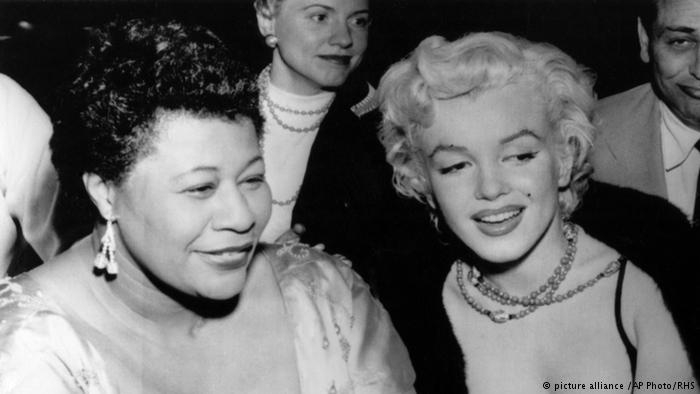
 Amanda S. Stevenson
Amanda S. Stevenson 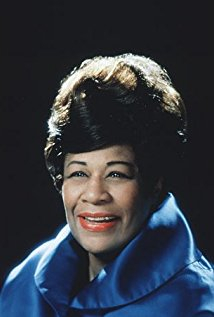
 Amanda S. Stevenson
Amanda S. Stevenson 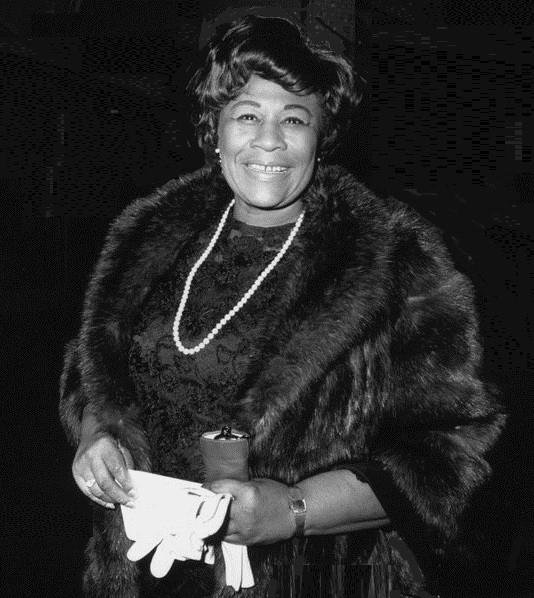
 Amanda S. Stevenson
Amanda S. Stevenson 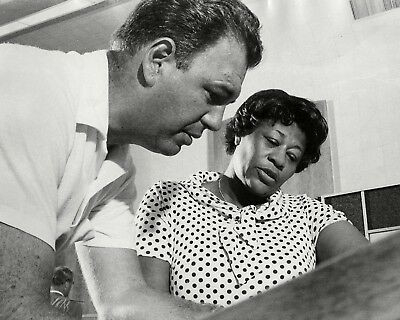
 Amanda S. Stevenson
Amanda S. Stevenson 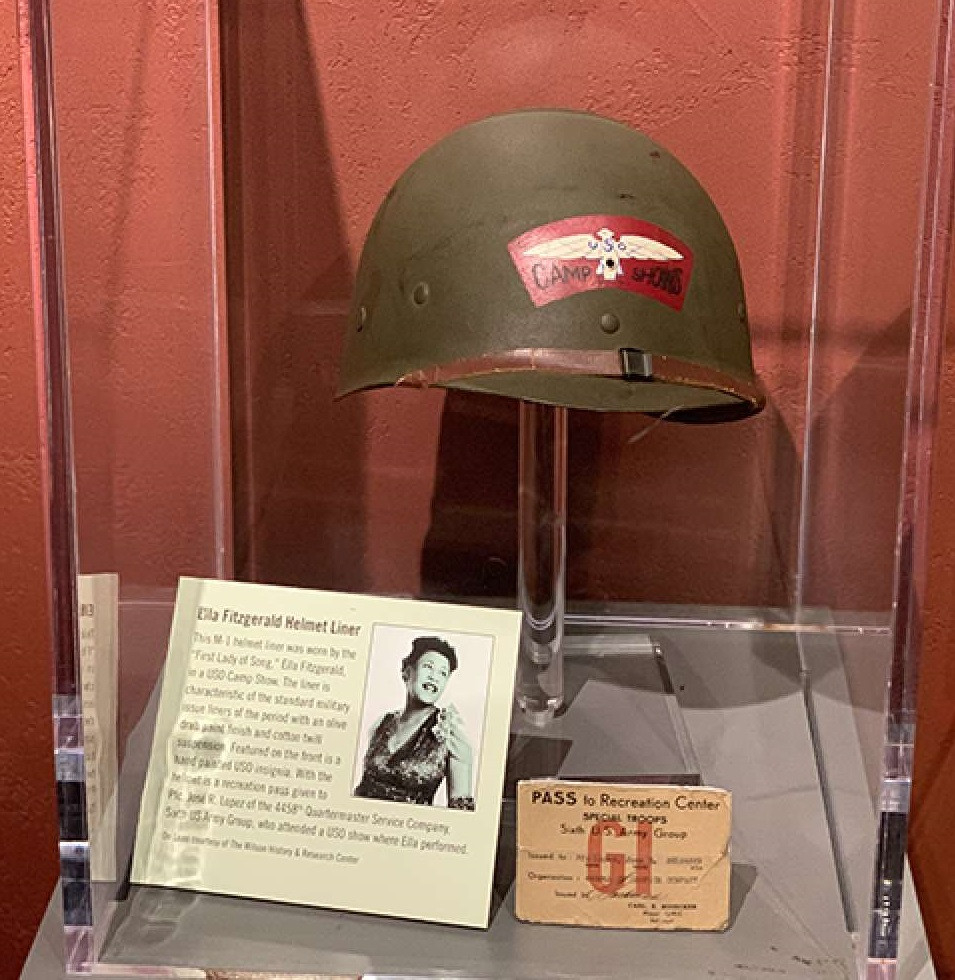
 Amanda S. Stevenson
Amanda S. Stevenson 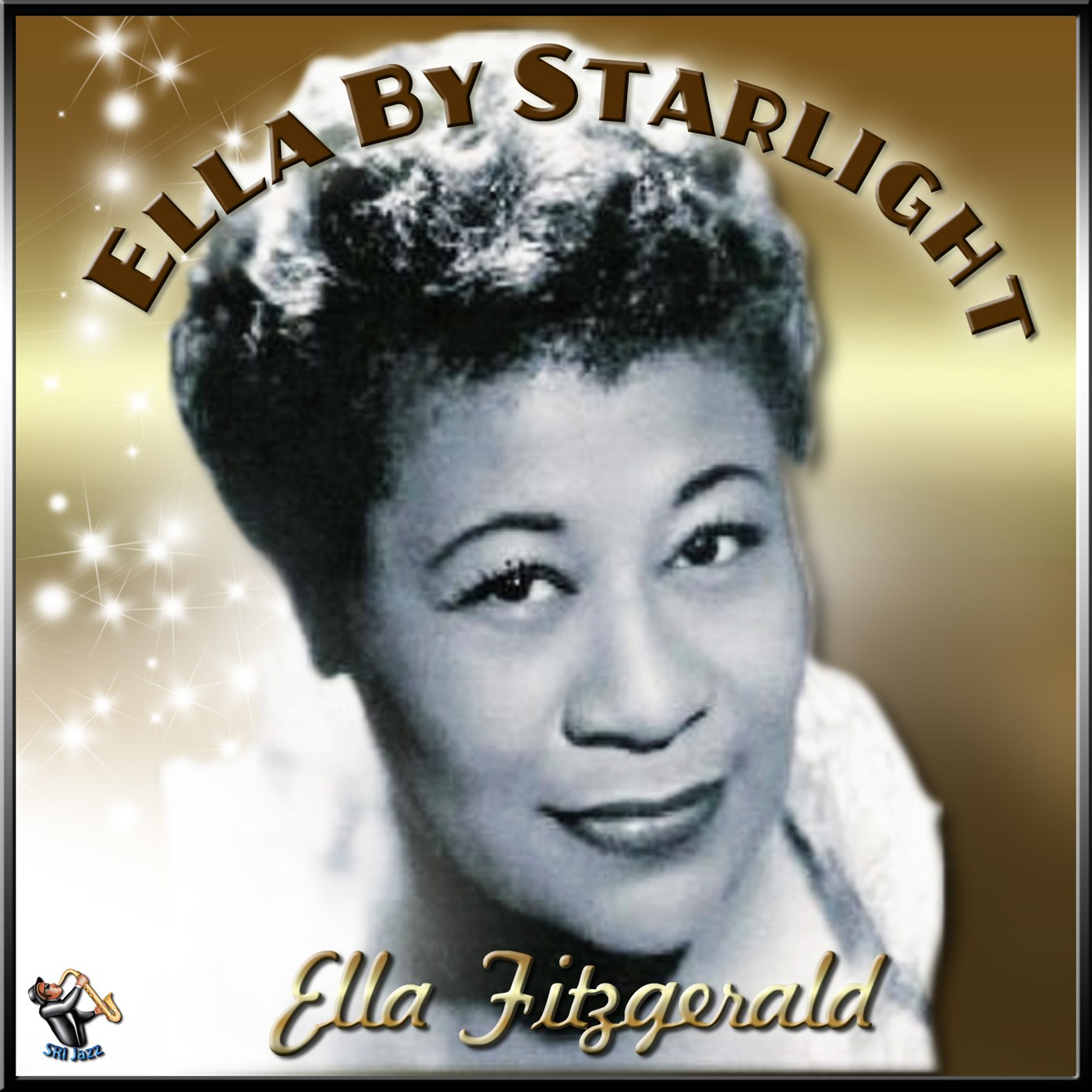
 Amanda S. Stevenson
Amanda S. Stevenson 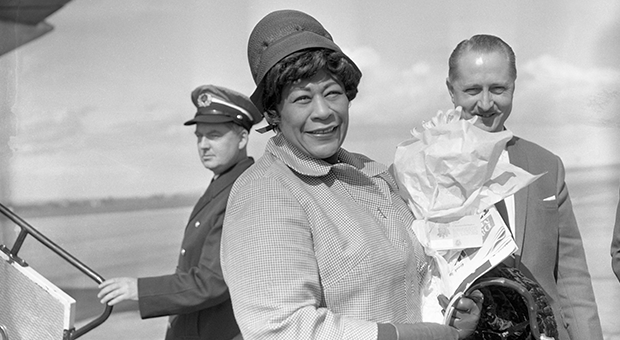
 Amanda S. Stevenson
Amanda S. Stevenson 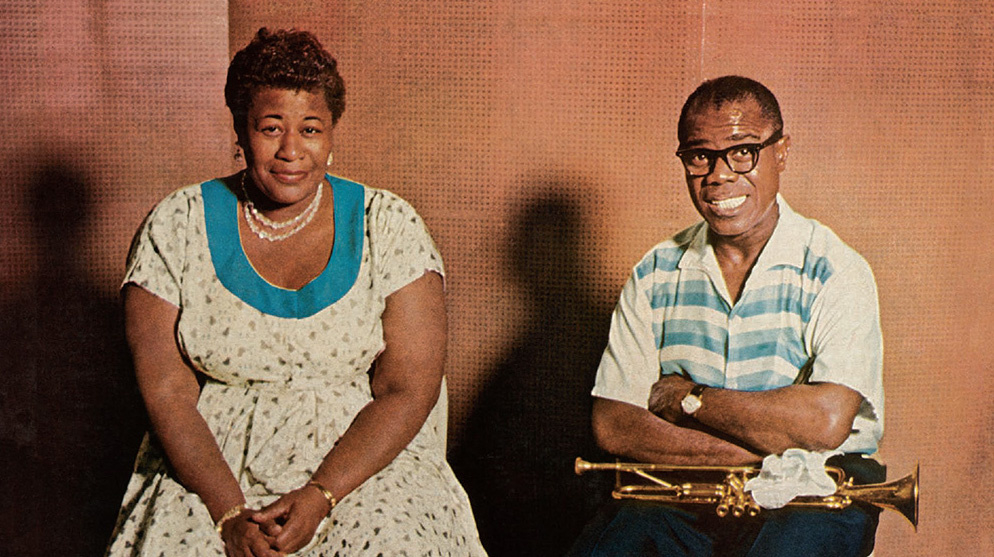
 Amanda S. Stevenson
Amanda S. Stevenson 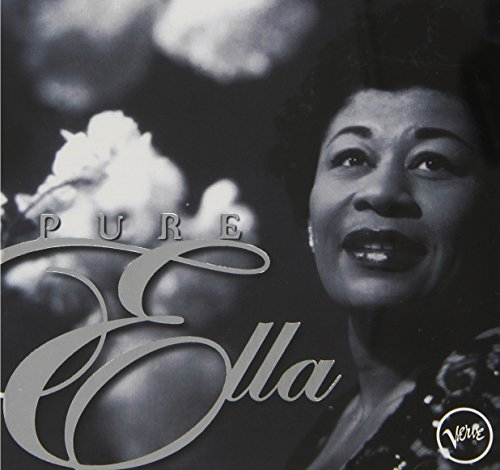
 Amanda S. Stevenson
Amanda S. Stevenson 